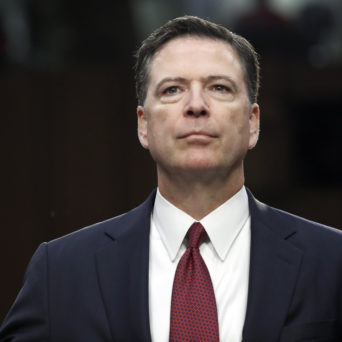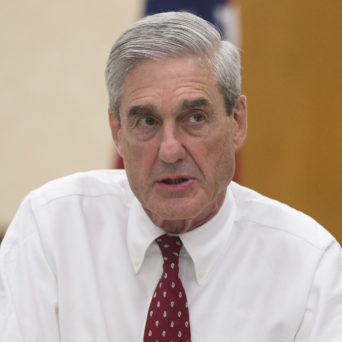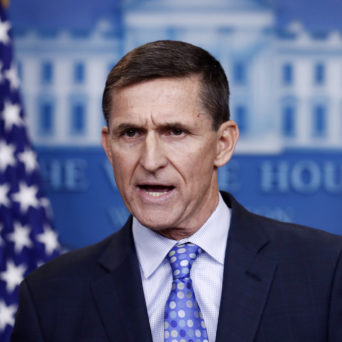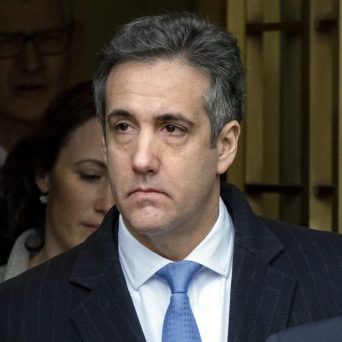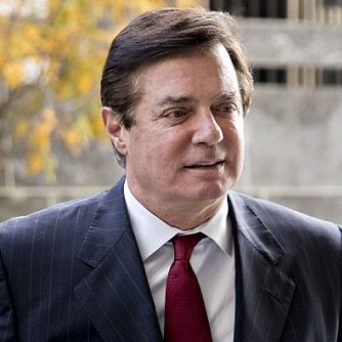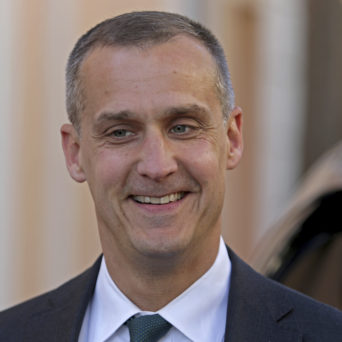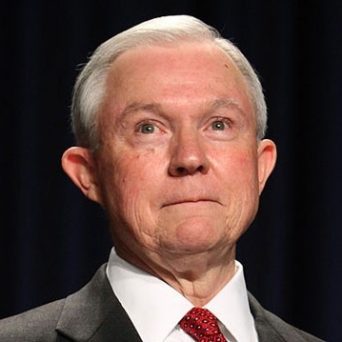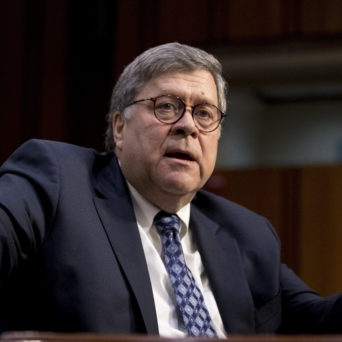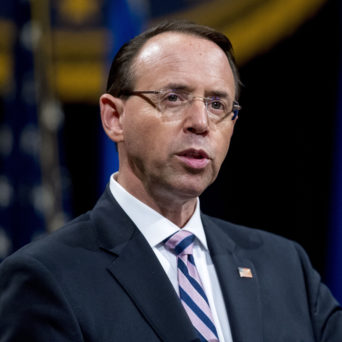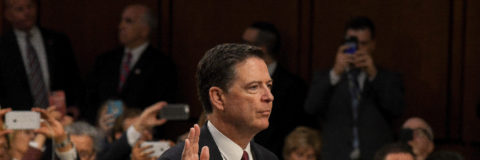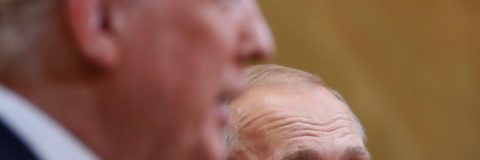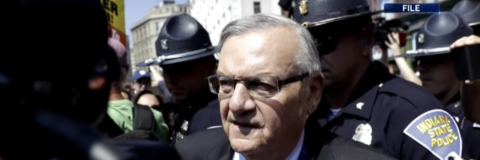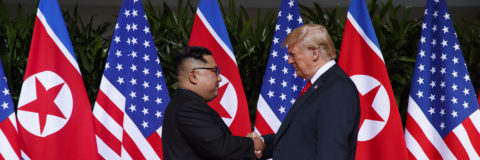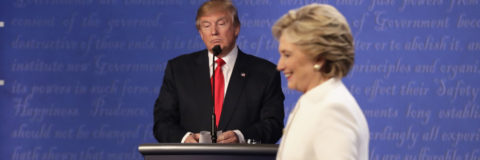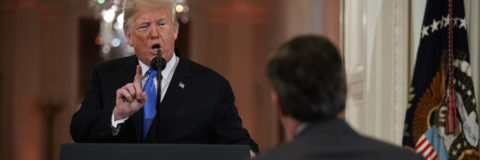1.Obstruction of Justice
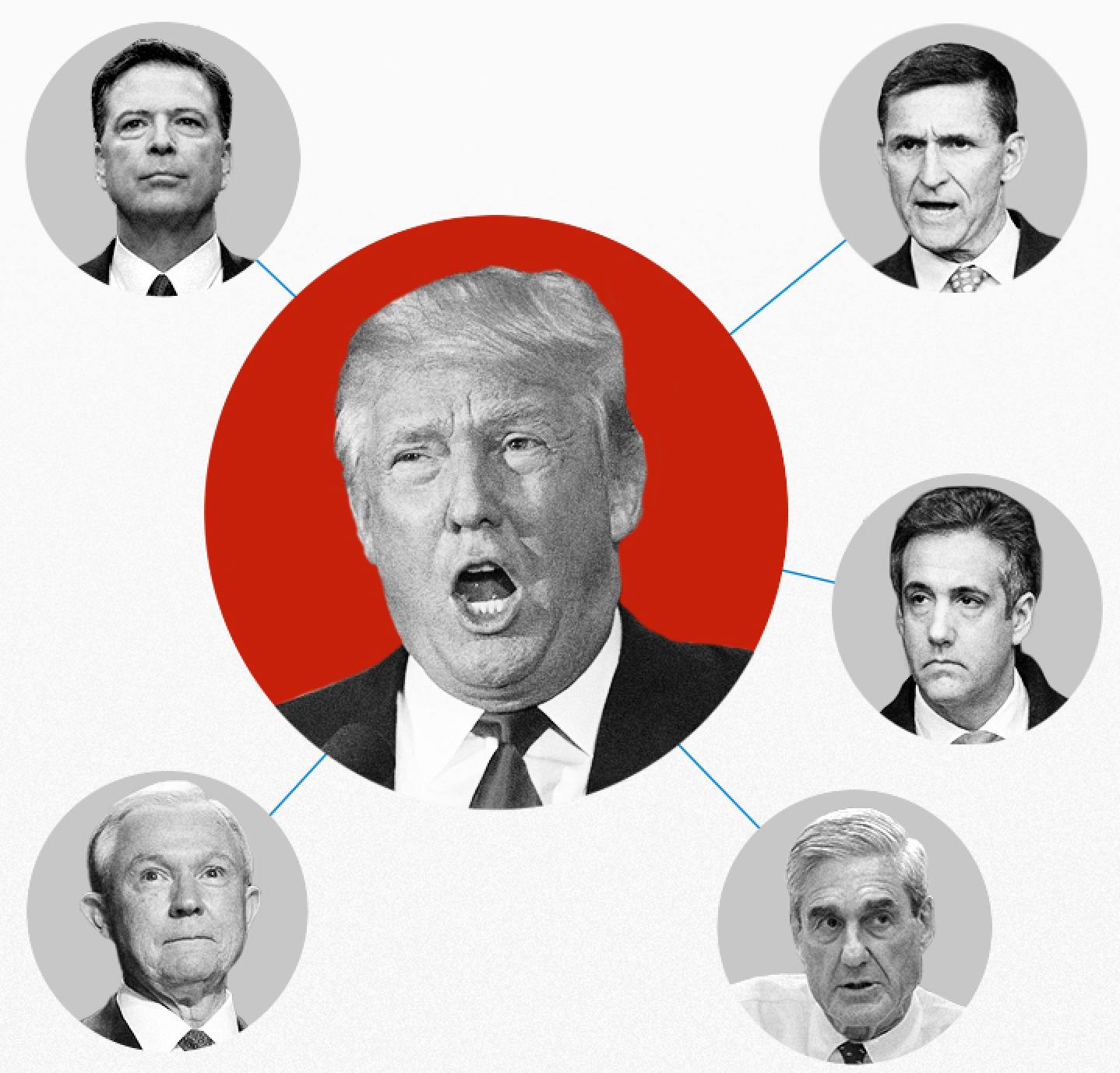

Join 8,591,173 Americans who support Impeaching Trump
"It's time to move forward with the Presidency, the House, and the Senate. We will not stop doing what's right. Let's get to work."
 What’s the evidence and what does it mean?
What’s the evidence and what does it mean?
The trail of evidence starts with Trump’s attempt to get James Comey, the FBI director responsible for overseeing the investigation into Trump’s relationship with Russia during the 2016 election, to drop an investigation into National Security Advisor Michael Flynn. When Comey refused, Trump fired him. When the President fires people who are investigating him in an attempt to disrupt that investigation, it’s textbook obstruction.
But he wasn’t done after Comey was gone. Trump made several other attempts to stop the investigation by trying (unsuccessfully) to fire Special Counsel Robert Mueller, who was appointed to oversee the Russia investigation. He has pushed out officials surrounding the investigation and sought to replace them with his loyalists. He has intimidated witnesses, and publicly dangled pardons, likely in an attempt to persuade them to change their testimony.
Among Trump’s most shocking instances of obstruction, he ordered former White House Counsel, Don McGahn, to have Mueller removed. McGahn’s clear recollection was that Trump directed him to tell Deputy Attorney General Rod Rosenstein that conflicts existed and ‘Mueller has to go.’ McGahn said he responded that he could not make such a call and that the President should instead consult his personal lawyer because it was not a White House issue. Feeling “trapped” by his role in the White House, McGahn threatened to quit.
In January 2018, a New York Times article broke a story revealing that McGahn threatened to walk after being asked to fire Mueller at which point Trump backed off. Trump complained that McGahn had leaked the article and that it was wrong, yet he decided to resort to his obstructive behavior to address this problem. Trump then ordered McGahn to deny he demanded to have Mueller removed. He asked him to create a false record of their meeting which he would use as evidence to dispute the article. This is what obstruction of justice looks like.
Trump obstructed justice in both of these instances. He knew of Mueller’s investigation into him and attempted to curtail his efforts–textbook obstruction. But these aren’t even the only instances. From the episodes outlined by Mueller to Trump’s behavior to Michael Cohen, his actions form an obvious pattern: Trump routinely broke the law in an effort to take down Mueller’s investigation. No one is above the law—not even the president. Let’s hold him accountable.
